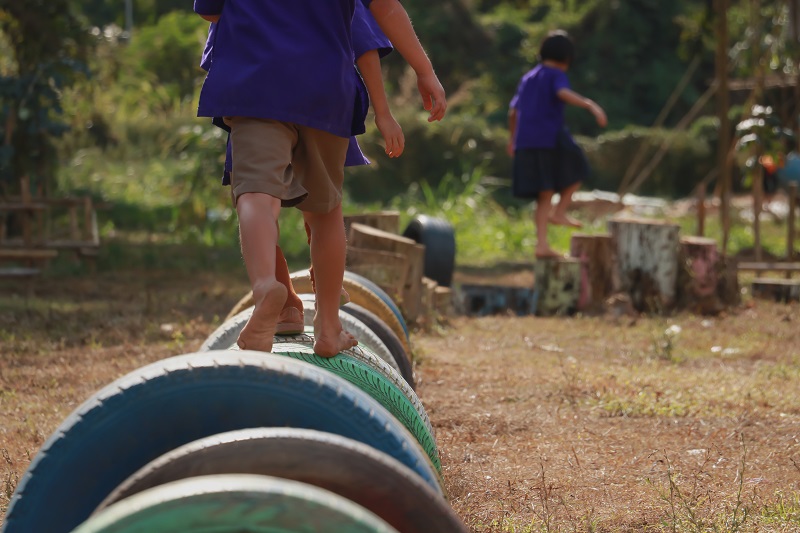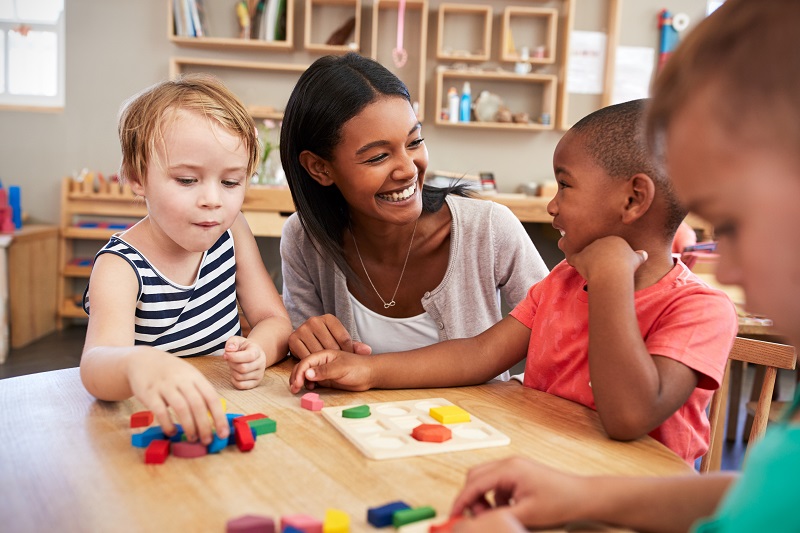As believers we seek to live a fully integrated life, weaving our understanding of the scriptures and the doctrines of the faith into every nook and cranny of our existence. This is a pretty lofty and abstract goal, and it can be difficult to figure out what it means in practical terms. What, for instance, does the doctrine of the incarnation have to say about the way you engage students in the classroom?
Okay, I know this is pretty heady stuff, but bear with me. In her book Liturgy of the Ordinary: Sacred Practices in Everyday Life, Trish Harrison Warren makes the observation that “In the scriptures we find that the body is not incidental to our faith, but integral to our worship. We were made to be embodied—to experience life, pleasure, and limits in our bodies…” and that “…[Christ] himself took on flesh in order to redeem us in our bodies and in doing so he redeemed embodiment itself.[1]”
We were made to be embodied. Through His incarnation, Christ redeemed embodiment itself. These are profound statements. They force us as teachers to consider how we respond to our students as physical, embodied beings.
In just moments we’ve gone from the realm of theology to something that is imminently practical. We know what it is like to be faced with a seven-year old boy who can’t sit still. And who among us hasn’t had a lesson interrupted by the young lady who needs to go to the toilet right now.
So what does it mean to consider our students and classroom practice in light of the doctrine of the incarnation? Here are just a few ideas:
We design classrooms that cater to our students’ physical needs.
We consider what the body needs and seek to expose our students to as much natural light as possible. We arrange desks or tables in such a way that students can sit (or even stand) comfortably when doing their work. We acknowledge the physical limitations of students (e.g., poor vision) and do our best to provide support structures to help them overcome these challenges.
We provide opportunities for our students to engage their senses with their learning.
 In my experience those who work with younger children do this better than those of us who work with the older crowd. However, all learners benefit from being able to engage all their senses. This could be providing manipulatives for use in math class or hands-on experiments in the science lab. Taking students out of the classroom—for a nature walk, field trip, or cultural experience—is another great way to encourage this. As a language arts teacher, I loved to take my students outside in the spring and have them write about what they experienced with all their senses. A friend of mine would provide Play-Doh for her high schoolers to sculpt models of what they were learning.
In my experience those who work with younger children do this better than those of us who work with the older crowd. However, all learners benefit from being able to engage all their senses. This could be providing manipulatives for use in math class or hands-on experiments in the science lab. Taking students out of the classroom—for a nature walk, field trip, or cultural experience—is another great way to encourage this. As a language arts teacher, I loved to take my students outside in the spring and have them write about what they experienced with all their senses. A friend of mine would provide Play-Doh for her high schoolers to sculpt models of what they were learning.
We build in opportunities for students to move during class[2].
This is so important. Often we focus so much on our students’ minds—what we want them to remember—that we forget to care for their bodies. There is a whole host of research that links movement to memory[3]. Boys especially benefit from movement opportunities in class[4]. By designing lessons that incorporate mindful[5] or even incidental movement[6], we honor the fact that our students were created as embodied beings who need to move to learn.
Many of us instinctively have been catering to our students’ physical needs, perhaps without ever stopping to consider why we do so. The doctrine of the incarnation, with its emphasis on the embodied nature of mankind, offers us a rationale for why this matters so deeply[7]. As we press into this doctrine, our theology begins to illuminate our practice, and we become even more motivated to intentionally meet all our students needs—spiritual, mental, and physical. It turns out C.S. Lewis was right: “Theology is practical[8]”!
Becky Hunsberger is responsible for Teacher Education Services in TeachBeyond Global
[1] Warren, Trish Harrison. Liturgy of the Ordinary: Sacred Practices in Everyday Life. IVP Books, 2016. pg 38-39.
[2] “Getting Students Moving”
[3] Smart Moves: Why Learning is not All in you Head, by Carla Hannaford, Ph.D. provides an academic, well-researched explanation to the science behind movement and memory.
[4] “Recognizing Different Ways Boys Learn”
[5] Mindful movement is movement that is directly connected with learning, such as having young children form shapes with their bodies, or encouraging older students to act out a learning sequence or time-line of events.
[6] Incidental movement is movement that occurs during learning but isn’t directly co-related with the learning, such as having students stand or catch a ball to answer questions in class.
[7] This article merely scratches the surface of what might be said about teaching and the incarnation, and there are many implications of this doctrine that we’ve not even remotely addressed.
[8] C.S. Lewis. “Making and Begetting.” Mere Christianity. Emphasis added.
Photo Credits: Girl on Jungle Gym. smallblackcat. via shutterstock. Playground. Mansong Suttakarn via shutterstock., Manipulatives. via shutterstock.

